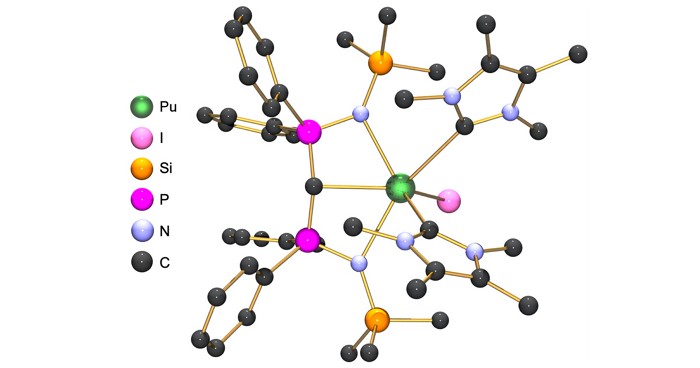Advertisement
Grab your lab coat. Let's get started
Welcome!
Welcome!
Create an account below to get 6 C&EN articles per month, receive newsletters and more - all free.
It seems this is your first time logging in online. Please enter the following information to continue.
As an ACS member you automatically get access to this site. All we need is few more details to create your reading experience.
Not you? Sign in with a different account.
Not you? Sign in with a different account.
ERROR 1
ERROR 1
ERROR 2
ERROR 2
ERROR 2
ERROR 2
ERROR 2
Password and Confirm password must match.
If you have an ACS member number, please enter it here so we can link this account to your membership. (optional)
ERROR 2
ACS values your privacy. By submitting your information, you are gaining access to C&EN and subscribing to our weekly newsletter. We use the information you provide to make your reading experience better, and we will never sell your data to third party members.
Chemical Bonding
18-electron complexes questioned
Heavy alkaline earth elements may not act like transition metals after all
by Sam Lemonick
August 9, 2019
| A version of this story appeared in
Volume 97, Issue 32
Last year chemists reported that bonding long considered exclusive to transition metals could occur with barium, calcium, and strontium. Mingfei Zhou of Fudan University, Gernot Frenking of Nanjing Tech University and the Philipp University of Marburg, and colleagues reported that these atoms formed 18-electron complexes with 8 carbon monoxide molecules at 4 K (Science 2018, DOI: 10.1126/science.aau0839). But the unexpected results generated skepticism among other chemists. Clark R. Landis of the University of Wisconsin–Madison and colleagues argue that, though they don’t doubt that octocarbonyl complexes were made, the group’s bonding analysis ignored the known chemistry of metals and CO (Science 2019, DOI: 10.1126/science.aay2355).
Zhou and Frenking’s bonding analysis assumes that the metal and octocarbonyl are neutral fragments. Landis’s team redid the analysis assuming those fragments were charged, which Landis says better reflects the complexes’ electron density distribution. They did not observe the kinds of bonding characteristic of transition-metal complexes, a conclusion they supported with other analyses of the bonding and orbitals.
In response, Zhou and Frenking explained that their assumption of neutral Ca and (CO)8 in that analysis applied to those species only before bonding, and they reaffirmed their conclusion that these elements bond like transition metals (Science 2019, DOI: 10.1126/science.aay5021). Zhou said all analyses show bonding in d orbitals.
These exotic molecules may be an edge case, but Thomas R. Cundari at the University of North Texas says the debate speaks to broader questions about orbitals and bonding.



Join the conversation
Contact the reporter
Submit a Letter to the Editor for publication
Engage with us on Twitter